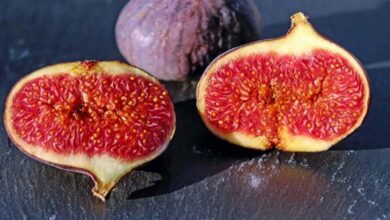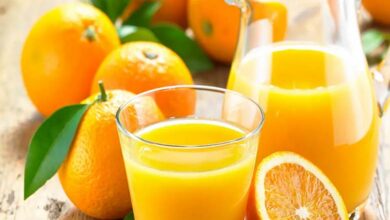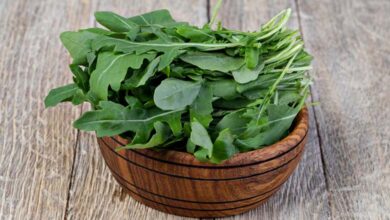5 tips for choosing a good quality vinegar

Purchased almost instinctively, it slips into an automatic gesture by focusing only on its price and type, rarely its ingredients. Yet its 98% industrial manufacture (including bio) puts the worst and (not always) the best on the market. If there is nothing more natural than this king of seasoning, icing, marinating and cooking, how can we avoid artificial sulphites, colorings or flavors? Since it only consumes three liters per person per year, you might as well choose those made using ancestral, artisanal or local methods.
What’s a good vinegar?
The one made with know-how and good grape varieties. The wine is stored in oak barrels at a high temperature until a shiny veil appears on its surface. “These living bacteria capture oxygen from the air and fix it on alcohol, to transform wine into vinegar,” explains Christophe Hemme, master vinegar maker of the Maison Martin-Pouret (martinpouret.com), created in 1797 and always faithful to this Orléans production method. “The regular addition of wine revives the mother, a gelatinous mass of dead bacteria which, in our region, has been the same since the 18th century!” A red wine vinegar ages 13 months in barrels before being bottled. The rarest of the house is an elixir of white wine, ripened in a cellar for twenty years.
Industrial or artisanal vinegar, what difference?
Time and additives! It takes just 24 hours for industry to manufacture it, using high-tech machinery, powdered bacteria and turbinated air microbubbles to accelerate fermentation. The list of ingredients includes ascorbic acid (E300) or acacia gum, an emulsifier (E414) that supports flavors. Intruders absent from the artisanal vinegar… Unfortunately, hundreds of artisanal vinegar mills from the past century, only a dozen remain. Both winegrowers and growers make them locally. A bargain to seize.
Vinegar with or without sulphites?
“We are working with the winemakers to remove them from the wine, but this is not an obsession. We’ve lived with it for centuries. And above all their presence and absence do not define the quality of a vinegar”, says Paul-Olivier Claudepierre, co-leader of the Maison Martin-Pouret. A statement indicating the presence of this allergen has been mandatory on bottles since 2005. Potassium bisulfites of the E220 to E228 family are the most at risk. The Open Food Facts database has identified 85 vinegars (wine, cider, balsamic, jerez or flavored) of famous brands containing E 224 (a metabifuslite).
Is everything good in cider vinegar?
Made from cider, water and sugar (very little, 0.4%), it is full of benefits. The 100% natural handcrafted, local or organic is aged in oak barrels for 10 to 12 months. Her mother is not processed, filtered or pasteurized. It thus retains all its properties inherited from the apple (vitamins, trace elements and minerals). It leaves deposits in the bottle, which is a good sign. Its industrial namesake, made in 48 hours and pasteurized, loses all its nutritional qualities in favor of artificial flavors or colorings, preservatives and milk casein.
How to choose a good vinegar?
The “good” aromatized vinegars are made from white wines in which crushed fruits or flowers are macerated. The herbs or spices are, however, brewed before being placed in contact with the vinegar. Both operations last at least forty-five days. Ten percent of their volume is made of sugar to fix the flavors. On supermarket shelves, labels should be visible and labels made from alcohol vinegar, artificial rather than natural flavors, added sugars and additives that always begin with an E…
Balsamic vinegar from Modena, composed of additive E 150
For two decades now, this Italian nectar has been exported to 90 countries and represents a third of the French market. Made in the Middle Ages in Emilia-Romagna, around Modena, the real balsamic vinegar is traditional and has a DOP. It is eaten with a pipette, as it is expensive and rare. Obtained from acetic fermentation of the cooked grape must (trebbiano and lambrusco), it is matured between 12 and 25 years, or even a century for some! The one within the market is being produced on a large scale. Manufacturers fought for a PGI, which was awarded in 2009, but it does not prohibit the addition of sugars and a highly controversial health additive, E150, the ammonium sulfite caramel that gives it its amber color.












